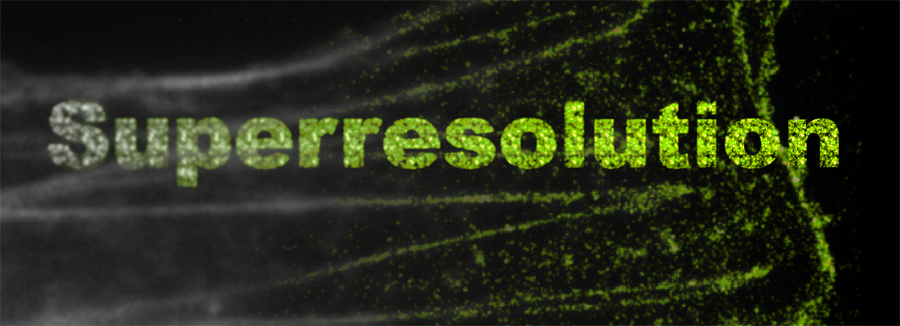Superresolution Techniques
Superresolution microscopy comes in many flavors. Some techniques, such as those that rely of structured illumination or other optical effects such as TIRF, can be applied to almost any fluorescently labeled sample, but provide limited resolution and cannot image single molecules. Others, such as those described below, allow imaging of single molecules, but require careful choice of an optimal fluorescent label to maximize the quality of generated images.
Apart from the basic information presented here, an excellent in-depth tutorial on all modes of superresolution imaging is available at the Carl Zeiss Microscopy Online Campus.
PALM
Another widely used superresolution imaging modality, Photoactivated Localization Microscopy (PALM), utilizes photoactivatable or photoswitchable fluorescent proteins such as Dendra2, mEosFP, or Allele's photoswitchable monomeric fluorescent proteins mClavGR2 and mMaple to generate small populations of single molecules in several successive rounds of imaging.
In a PALM experiment, successive bursts of low-intensity illumination switch or convert subpopulations of labeled proteins to a state that can be imaged, at a density that allows single molecules to be isolated. An distribution of these single molecules is built up over many rounds of photoconversion and imaging.
Learn more about PALM imaging using mMaple or mClavGR2
Stochastic Single-Molecule Superresolution (SSMS)
One of the simplest and most generalizable techniques for obtaining superresolution imaging, SSMS is a general method related to PALM that relies on the ability of some fluorescent tags to enter a temporary dark state under high-intensity excitation. Tags appropriate for use in this mode include EGFP, some small molecule dyes such as ATTO488, and Allele's newest monomeric fluorescent protein, mNeonGreen.
In an SSMS experiment, fluorophores are driven into a temporary dark state by high-intensity illumination, typically by a laser, and single molecules are imaged over many successive frames as athey stochastically switch back to a fluorescent state. The density of tags in a fluorescent state can be tuned by adjusting the illumination intensity.

